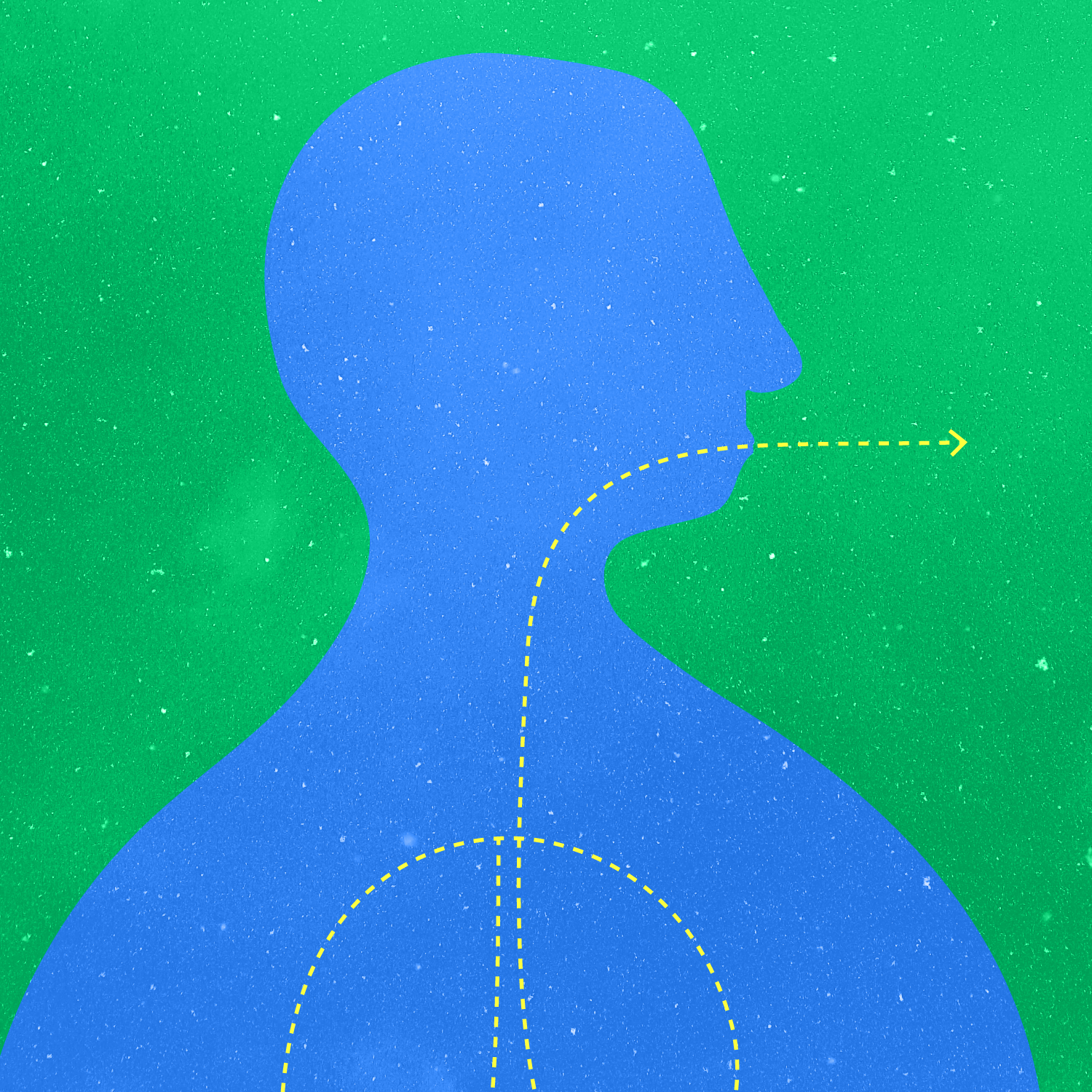Lung cancer is the leading cause of cancer-related deaths. One of the reasons for this is that it is difficult to detect and diagnose at an early stage because the currently available methods are impracticable at the population level.
“The current recommendations [for early detection and diagnosis of lung cancer] is to perform an annual LD-CT [Low Dose CT scan] in high-risk patients”, the authors write in their paper. (...) However, the high cost, limited availability, false positive results, overdiagnosis, and overtreatment are some of the obstacles to carrying out [wider] screening programs based on this method.”
In the last few years, a non-invasive, easy to perform, low-cost methodology has been gaining traction, under the name of “respiratory biopsies”. Essentially, it consists in having people breathe into a mask that collects samples of the air that comes out of their lungs. When present in the samples, lung cancer-related compounds can then, in principle, be detected.
Pedro Duarte Vaz, a chemical researcher from the Lung Unit at the Champalimaud Foundation (FC), in Lisbon – and colleagues from his and other units at FC, Lisbon Nova University, and Centro Hospitalar Lisboa Norte – have now published a study, in the journal Cancers, which demonstrates the potential of using AI for improving the robustness and reliability of the analysis respiratory biopsies (https://www.mdpi.com/2072-6694/17/10/1685).
Exhaled breath: a complex mixture
At the Champalimaud Foundation, a pioneering project, called VOX-PULMO, has been led by Vaz since the early 2020’s. “Just like blood samples, respiratory biopsies are simply another way to assess the condition of the human body – except that in this case, the sample is exhaled breath,” Duarte Vaz had explained in an interview in 2021.
Indeed, exhaled breath is a complex mixture of a huge number of components. Originating from the lungs and airways, it contains volatile organic compounds (VOCs), which, studies have shown, can be used to distinguish lung cancer patients from healthy subjects.
However, one of the caveats encountered with this method was that the technique used to separate and identify VOCs in exhaled breath samples, called GC-MS (gas chromatography coupled with mass spectrometry), can be less sensitive to lower levels of volatile compounds, failing to identifying them reliably.
Since then, a faster, less technologically demanding, more sensitive technique has come into the picture: GC-IMS (gas chromatography coupled with ion mobility spectrometry). One of the main advantages of GC-IMS is that it can construct a profile of the VOCs from samples of exhaled breath without the need to identify each compound.
This is the method the researchers now used in the new study. They recruited 196 participants, 73 of whom were in the lung cancer group from two clinical centres in Lisbon and 123 in the healthy control group. All the lung cancer patients had their disease confirmed by a biopsy. The resulting data yielded a set of “chemical fingerprints” – the total VOC chemical composition of a given sample.
AI can reliably rule out cancer
Here is where artificial intelligence comes into the picture. The team, co-led by Fernando Luís-Ferreira, from Lisbon Nova University, then trained and tested three different learning algorithms on separate sets of chemical fingerprints. The results indicate that the AI-assisted method is highly reliable at ruling out lung cancer, enabling clinicians to be assisted by a consistent tool for lung cancer detection.
“Our study demonstrates that it may be possible to establish breath analysis for lung cancer screening by leveraging the analysis of exhaled breath profiles with the power of AI-based methods for the classification of whole exhaled breath profiles, without considering qualitative information about specific (bio)chemical components”, says Duarte Vaz.
These are preliminary results, the authors caution nonetheless, and larger studies will be necessary to validate the method.
Original paper here.
Text by Ana Gerschenfeld, Health & Science Writer of the Champalimaud Foundation.

